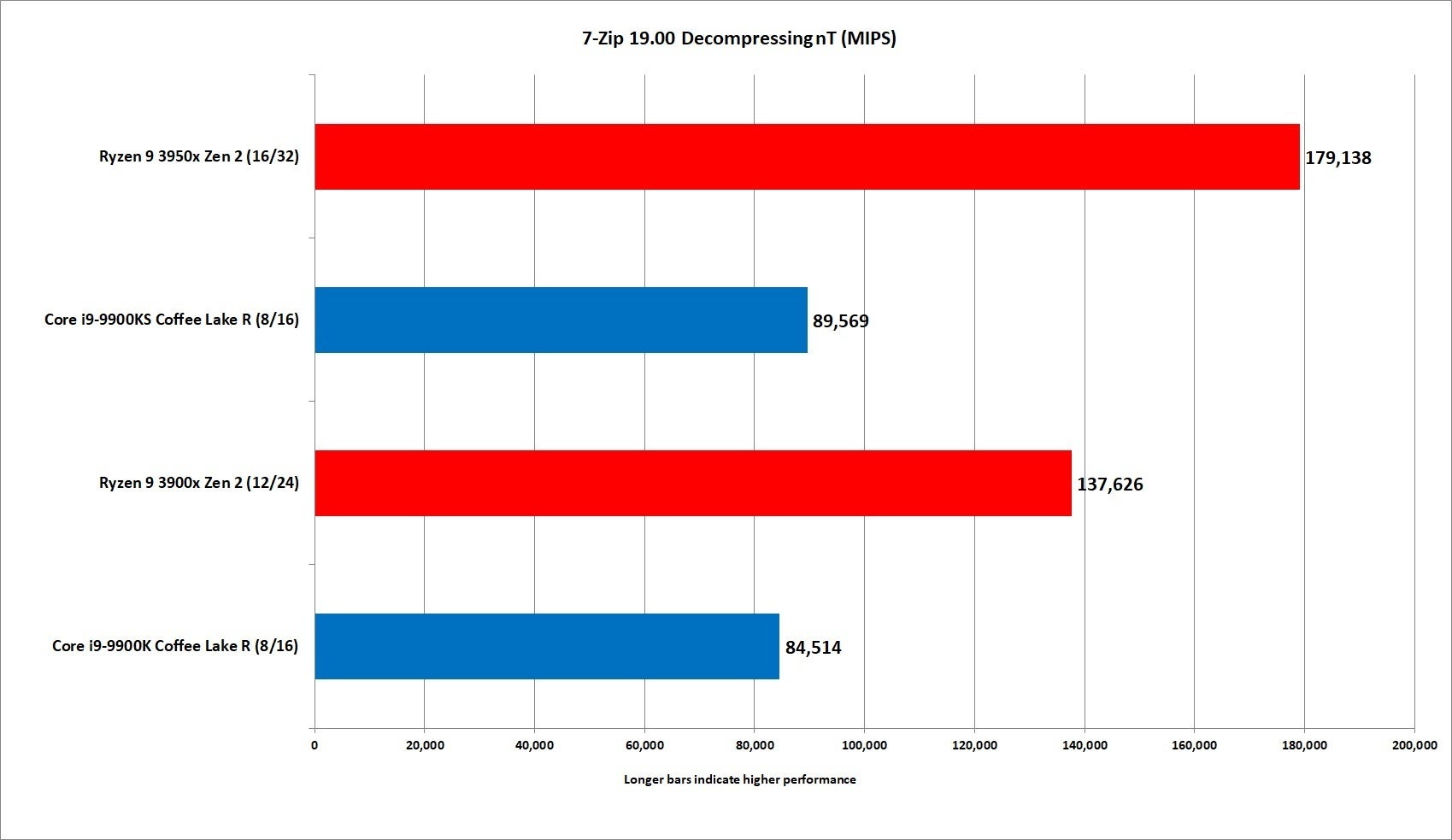Let's wait and see how these 5.3 leaks / rumours perform ... I'm thinking the 5.3 is their new level three boost only that will work as well as Ryzen's 4.7 boost ... you get a 0.5 second boost, because it would be thermal throttle city if it lasted much longer.
Keep in mind Intel would never have hit 5.0+ on 14nm if, 1) 10nm worked initially as intended, and 2) AMD didn't suddenly became an aggressive competitor. Had 10nm worked out 3-4 years ago, the increase in IPC would have kept it well ahead of Ryzen one launch, even if clocks stayed around the 4ghz mark (as Intel's 14nm was at the time) ... then Intel would have moved to 10nm. But that didn't happen ... 10nm didn't work and Intel needed to do whatever they could to help stave off zen and zen plus, so focused on refining, and focused on refining, and focused on refining the same architecture ... this wasn't a plan, this isn't "normal" - it was a result of being forced into it due to a chaotic situation. I think everyone would have laughed (including Intel) if in 2016, one said that Intel's desktop CPUs would be pulling up to 300w at the processor (
rumour alert) - ... the company that was making some incredibly efficient CPUs at the time. But here we are ... it certainly wasn't what they planned, but it had the nice side effect of keeping a few gamers happy.
So I see the 5.0ghz+ frequencies they are hitting as an
exception ... not any rule. 10nm will never hit that clock, Zen3 will never hit that clock and I doubt any smaller nodes from this point on ever will as well - from either camp.
At the end of the day though 7nm, 10nm, 14nm, 5.3 ghz are all just
labels ... the only thing that is really going to count is performance for a given task, performance per dollar, and the amount of extra money you need to spend on cooling to get that performance (contributing to performance per dollar) - that's what drives sales for the most part. I, mean big numbers on a box do as well, but who wants to admit that they make their purchasing decisions based on marketing tactics as opposed to actual product value based on performance for a given need?



